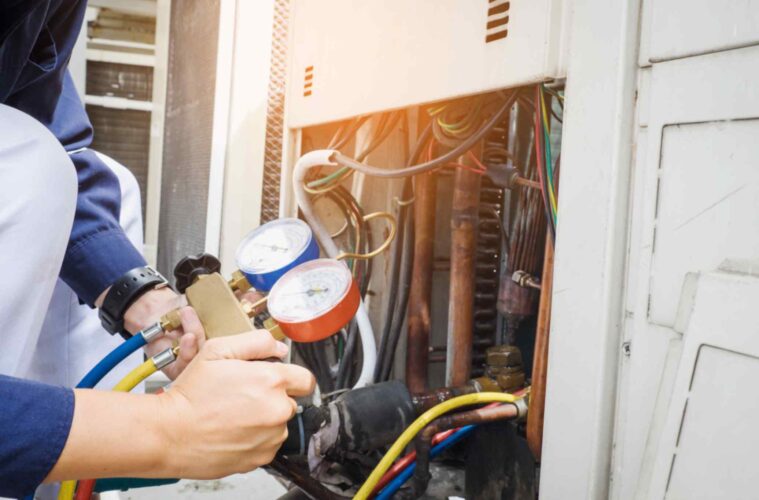Want to know how to check if the furnace is working correctly? You are not alone in this confusion and have to know some signs before repairs. We will walk you through the process and some basic things step by step so that you will not have any stress keeping you from being warm and cozy.
Knowing Your Furnace

The Thermostat Check is First You Should Do
First things first, check your thermostat. Is it turned up higher than the room temperature? If not, your furnace will not kick in. This might seem obvious, but it’s an easy thing to overlook.
Now, set the thermostat to a higher temperature. Did the furnace respond? If it did, it is a positive sign If not, we have got more sleuthing to do as furnace is not working.
Power Supply Check
The most important step in how to tell if your furnace is working is to ensure your furnace is getting power. Head over to your breaker panel and make sure the furnace switch is on. Sometimes, the solution is as simple as a tripped breaker.
Also, take a look at the furnace’s power switch. It’s usually located near the unit. Is it turned on? If your furnace still isn’t working, we need to dive a little deeper.
Visual and Sound Inspection
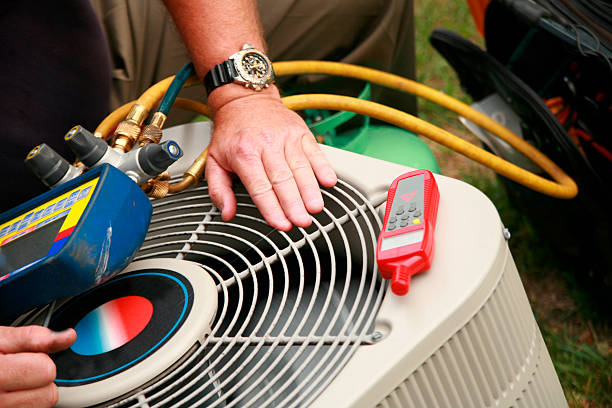
A lot can be learned just by looking at and listening to your furnace. Here’s how you can do that effectively.
Pilot Light and Error Codes
For those with a gas furnace, the pilot light should be a steady blue. If it’s yellow or flickering, there’s a problem. Check the lower door panel for any flashing lights. These lights often indicate furnace warning codes. If you see any, consult the furnace troubleshooting guide on the panel.
Listen for Normal Operation
When your furnace starts, you should hear a specific sequence: the inducer fan comes on first, then the igniter glows, followed by the burners lighting up, and finally, the blower starts. Unusual sounds like rattling or banging could mean mechanical issues.
Detailed Troubleshooting
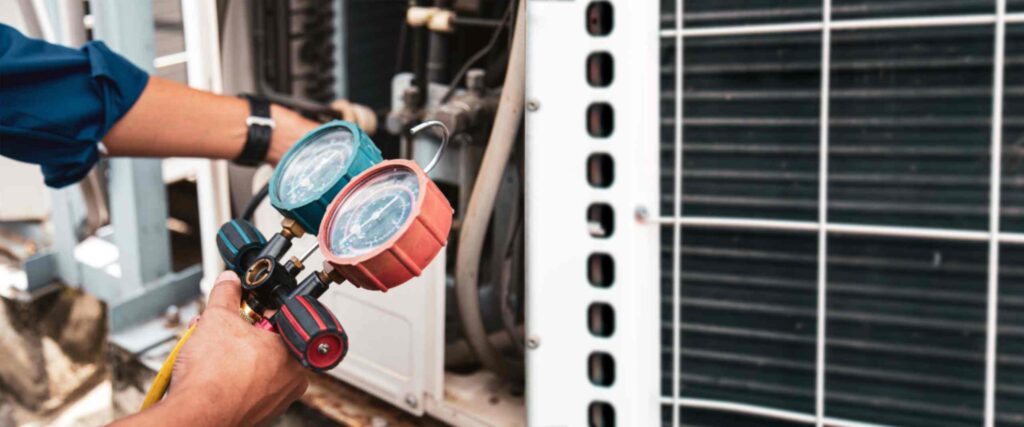
If the basics don’t reveal the issue, let’s go into more detailed troubleshooting steps.
No Response with Power On
Possible Issue: A blown 3 AMP fuse on the control board.
Solution: Replace the fuse. This is a common issue and an easy fix.
Inducer Motor Running Without Ignition
Possible Issue: A cracked igniter.
Solution: Replace the igniter. This part is crucial for lighting the burner.
Furnace Lights Up, Then Shuts Off Quickly
Possible Issue: A dirty flame probe.
Solution: Clean the flame probe. A clean probe ensures the furnace stays lit.
Furnace Shuts Off After a Minute
Possible Issue: Did the main blower activate? If not, check if the air filter is clogged.
Solution: Replace the air filter or address blower motor issues. Proper airflow is essential for your furnace’s operation.
Routine Maintenance Tips
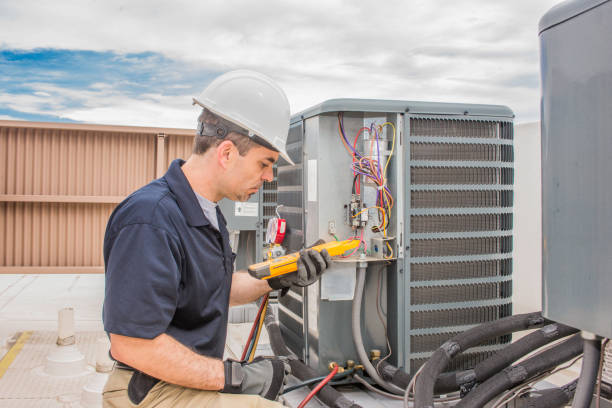
Regular type of maintenance can prevent many furnace problems. Here’s how to keep your furnace in top shape.
Change the Air Filter
Regularly changing your air filter is vital. Check and change it monthly to ensure proper airflow and prevent dust buildup. A clean filter means better air quality and a more efficient furnace.
Clean Components
Turn off the power and vacuum inside the furnace to remove debris. Focus on the blower fan and burner area. Keeping these parts clean helps your furnace run efficiently.
Lubricate Moving Parts
Some furnace motors need oil. Add a few drops to the designated ports as specified in the manual. Lubrication helps the motor run smoothly and extends its life.
Seal Ductwork
Seal any visible gaps in ductwork with metal tape or mastic sealant. This will keep the warm air inside the duct and enhance efficiency, making sure that your heating system runs efficient.
When to Call a Professional
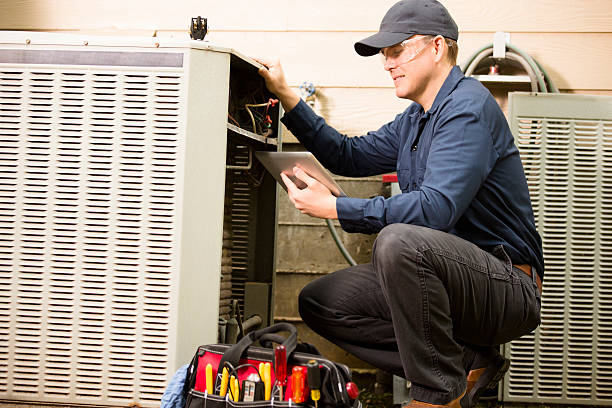
If you have any complicated problems or are doubtful regarding any step, then contact furnace repair services. It will avoid costly repairs and make sure that your furnace is working safely with proper efficiency.
Conclusion
Regular checks and maintenance will keep your furnace running. These will help in detecting the problems at an early stage, avoiding surprises. Always remember that while a DIY type of maintenance has great value, with more complicated problems, you shouldn’t hesitate to call for professional service. Stay warm and make your home very cozy this winter. Now you know how to check if the furnace is working and can therefore conduct basic troubleshooting.

